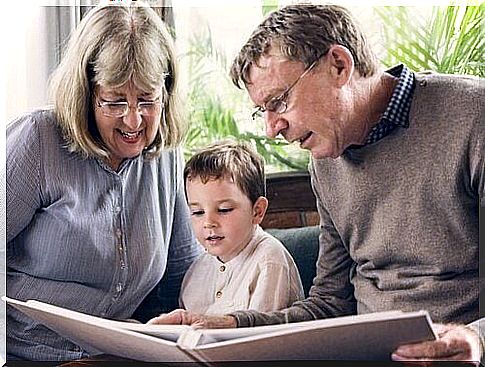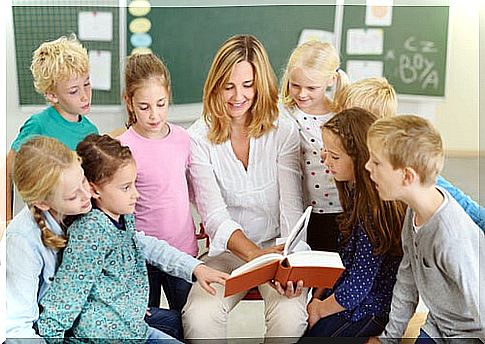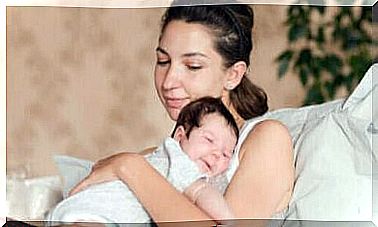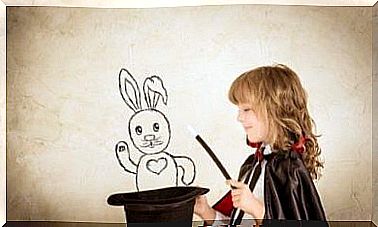5 Stories To Teach Children About Emotions

Find out how to teach children about emotions through storytelling.
Stories that can teach children about emotions
Developing social skills is a key factor that will help children become better people.
Understanding and channeling the emotions that arise in different situations will strengthen a child’s self-confidence.
It also makes the child aware of the feelings of others and, therefore, it helps them to respect them.
Here is a list of some of the best stories to teach children about emotions.
Joy
Story: My Little Joys, written by Jo Witek and Christine Roussey
This story tells the beautiful story of a grandmother who gives her granddaughter a unique box to store treasures in.
The premise is to store the treasures of life there: the moments that truly give us joy by remembering them.
This beautiful, illustrated book will help your child understand what he values most.
At the same time, you will also discover the things that make him happy, by asking what he would store in the box.
Empathy
History: The Little Sheep that Came to Dinner , written by Steve Smallman and Joelle Dreidemy
This is a short story where emotions, such as pity and empathy, are developed. It tells how a hungry wolf ends up caring for a lamb that he should have had for dinner.
This story evokes emotions that make children show their compassionate and supportive side around others.
It teaches them that they can decide how to act in different situations that test their character and nature, by practicing self-control.

Love
History: My Love , written by Astrid Desbordes and Pauline Martin
Here is our main character, Alchibaldo, a boy who is about to fall asleep, but who asks his mother something.
The child wants to know if she will love him all her life, and his mother responds with a story.
She tells him about the unconditional love a mother has for her child and how it begins.
This story will make your child know that no matter what happens, you will love him forever. It strengthens the security of your love for him.
Stories that develop emotions involve several emotions, such as self-esteem, sincerity, and kindness.
Jealousy
History: Ghosts Do Not Knock on the Door, written by Eulalia Canal Iglesias
This story tells of the unusual and funny story of two good friends, Bear and Marmota, who always play together.
The harmony of Bear is changed upon the arrival of Pato, who, according to Marmota, puts the relationship with Bear to the test.
The story is mainly aimed at the feeling of friendship, but the background of the story is based on jealousy.
The story focuses on the safety of the emotions that a child perceives from and towards a particular person.

Jealousy
History: Red Cat, Blue Cat , written by Jenni Desmod
Envy is often confused with jealousy. Although, they are very similar, it is not the same feeling. While envy involves two people, jealousy involves three people.
This interesting story is about two cats that live in the same house but do not get along well with each other at all. Each cat has different skills: the blue cat is very intelligent and the red cat is very fast.
Reading these stories to develop emotions, such as self-esteem, and learning lessons about envy will help your child accept himself as he is.
Finally, if you want to strengthen your family bond and promote your child’s emotional intelligence and education, read a story…
But, not just any story: try some of the stories above, or other works that touch on emotions in children, so that they stimulate the emotions we should learn to master.
Remember that learning is closely related to emotions. Teaching children about emotions will help your child avoid learning difficulties.









